Heroin Rehab Costs: Mexico vs. US – What You Need to Know
"Heroin rehab in Mexico is generally significantly more affordable than in the United States, with costs often ranging from $2,500 to $14,000 per month in Mexico compared to $6,000 to $60,000 or more per month in the US, depending on the type and luxury of the facility."
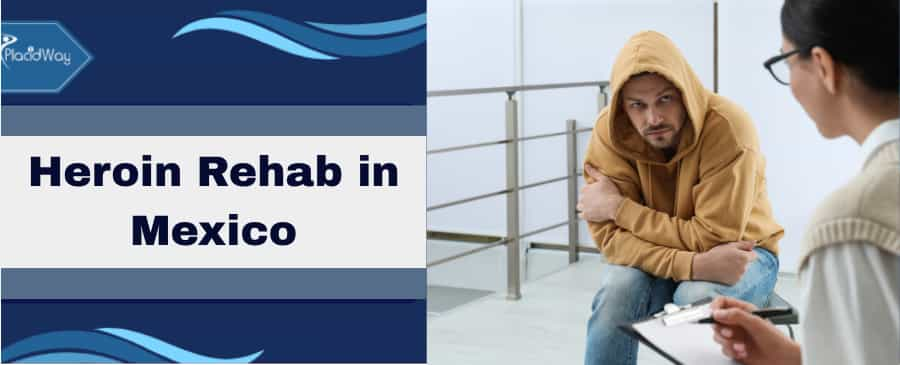
Heroin addiction is a severe and often life-threatening condition that requires professional intervention. When considering treatment options, the cost of rehabilitation is a significant factor for many individuals and families. Both Mexico and the United States offer a range of rehab facilities, from basic to luxury, but the financial implications can vary dramatically between the two countries. This blog post aims to shed light on the comparative costs of heroin rehab in Mexico versus the US, providing detailed answers to common questions about treatment expenses, types of programs, and what to expect financially. Understanding these differences can help individuals make informed decisions about their recovery journey.
How much does heroin rehab cost in Mexico?
"Heroin rehab in Mexico can range from approximately $2,500 to $14,000 per month, with some luxury facilities costing significantly more, sometimes upwards of $50,000 to $75,000 per month or even $300,000 for specialized programs. Cost of Heroin rehab in Mexico can vary depending on the facility and program offered."
The cost of heroin rehab in Mexico varies widely depending on several factors, including the type of facility, the length of stay, the services offered, and the level of luxury. More affordable options, often referred to as "anexos" or community-based programs, can be found for a few thousand dollars per month, sometimes even less in publicly funded or minimally supported settings. These typically provide basic care and a structured environment for heroin addiction treatment.
On the other hand, Mexico also has high-end, luxury rehabilitation centers that cater to an international clientele, offering private rooms, gourmet meals, holistic therapies, and personalized treatment plans. These facilities can command prices comparable to, or even exceeding, those of some luxury rehabs in the United States. For instance, some specialized programs, particularly those incorporating alternative therapies like Ibogaine treatment, can have costs ranging from $5,000 to $23,000 for shorter, intensive programs, especially for opioid addiction.
What is the typical cost of heroin rehab in the United States?
The cost of heroin rehab in the US generally ranges from $6,000 to $30,000 for a 30-day inpatient program, with medical detox costing an additional $1,250 to $7,000 for 5-7 days, and luxury facilities potentially exceeding $100,000 per month.
The cost of heroin rehab in the US is considerably higher than in Mexico, driven by higher operational costs, stricter regulations, and often more extensive insurance coverage options. A standard 30-day inpatient heroin addiction treatment program typically falls within the $10,000 to $30,000 range. Longer programs, such as 60 or 90 days, can cost anywhere from $12,000 to $60,000 or more, with luxury rehabs offering even more expensive options.
Medical detoxification, which is often the first step in heroin recovery, is usually an additional expense. A 5 to 7-day medical detox can cost between $1,250 and $7,000. For those seeking a higher level of comfort, privacy, and amenities, luxury rehab facilities in the US can charge $30,000 to over $100,000 for a 30-day stay, offering services like private chefs, spa treatments, and specialized therapies, making them quite expensive rehabilitation centers.
Why is heroin rehab in Mexico often cheaper than in the US?
"Heroin rehab in Mexico is typically cheaper than in the US due to lower labor costs, a lower cost of living, less stringent regulatory overhead for some facilities, and a healthcare system with generally lower overall prices."
Several factors contribute to the significant cost difference for heroin addiction treatment between Mexico and the United States. Firstly, the overall cost of living and labor in Mexico are considerably lower than in the US. This translates directly to reduced operational expenses for rehabilitation centers, including salaries for staff, facility maintenance, and administrative costs.
Secondly, while both countries have regulations, the oversight and accreditation processes for drug rehab facilities can differ. US facilities often adhere to rigorous accreditation standards, which can add to their operating expenses. In Mexico, while many reputable facilities are internationally accredited, others may operate with different regulatory frameworks, potentially leading to lower overhead. Lastly, the general cost of healthcare services and prescription medications is lower in Mexico, further contributing to the affordability of heroin rehab programs. This makes Mexico an attractive option for those seeking effective yet more affordable addiction treatment.
What types of heroin rehab programs are available in Mexico and the US?
"Both Mexico and the US offer various types of heroin rehab programs, including medical detox, inpatient/residential treatment, outpatient programs (IOP, PHP), and specialized therapies, with luxury and holistic options more prevalent in certain Mexican facilities."
Regardless of location, individuals seeking heroin recovery can find a spectrum of addiction treatment modalities.
-
Medical Detoxification: This is often the initial phase, providing supervised care to manage heroin withdrawal symptoms safely. Both countries offer inpatient and outpatient detox services.
-
Inpatient/Residential Treatment: This involves living at the rehab facility 24/7, providing a structured environment away from triggers. Programs can range from 30 days to 9 months or longer. These are often the most intensive forms of rehabilitation centers.
-
Outpatient Programs:
-
Intensive Outpatient Programs (IOP): Offer structured therapy multiple times a week while allowing the individual to live at home.
-
Partial Hospitalization Programs (PHP): A more intensive form of outpatient care, often involving several hours of treatment per day, several days a week, but still allowing the patient to return home.
-
-
Luxury Rehab: These facilities offer upscale amenities, private rooms, gourmet meals, spa services, and often a broader range of holistic and alternative therapies.
-
Specialized Therapies: Many centers offer specific therapeutic approaches like Cognitive Behavioral Therapy (CBT), Dialectical Behavior Therapy (DBT), trauma-informed care, and for heroin addiction, often medication-assisted treatment (MAT) using buprenorphine or naltrexone. Mexico is also known for offering alternative therapies like Ibogaine treatment in some specialized centers for opioid addiction.
Does insurance cover heroin rehab costs in Mexico or the US?
"In the US, many private health insurance plans, as well as Medicare and Medicaid, typically cover a portion of heroin rehab costs, while in Mexico, insurance coverage is less common for international patients, often requiring out-of-pocket payment."
In the United States, the Affordable Care Act (ACA) mandates that most insurance plans cover mental health and substance abuse treatment, including heroin rehab. This means that private health insurance, employer-sponsored plans, Medicare, and Medicaid often provide some level of coverage for addiction treatment. The extent of coverage varies greatly depending on the specific plan, including deductibles, co-pays, and out-of-pocket maximums. It's crucial for individuals to verify their insurance benefits directly with their provider and the chosen rehabilitation center.
For heroin rehab in Mexico, insurance coverage for international patients is generally not as comprehensive. While some high-end facilities might work with certain international insurance providers, it's less common. Most US-based insurance plans may not cover treatment received in a foreign country, or the coverage might be limited. Therefore, individuals seeking treatment in Mexico should typically prepare for largely out-of-pocket expenses. Some facilities may offer financing options or payment plans, but upfront payment is often expected when considering drug rehab facilities abroad.
What is medical detox for heroin, and how much does it cost?
"Medical detox for heroin is a medically supervised process to safely manage withdrawal symptoms, typically costing $1,250 to $7,000 for a 5-7 day program in the US, and generally less in Mexico, depending on the facility."
Medical detox is the crucial first step in heroin addiction treatment, as abruptly stopping heroin use can lead to severe and potentially life-threatening heroin withdrawal symptoms. During medical detox, individuals receive 24/7 medical supervision and sometimes medication to alleviate withdrawal discomfort and prevent complications. Common medications used include buprenorphine, methadone, and naltrexone, which help manage cravings and withdrawal for opioid addiction.
In the United States, the cost of medical detox for heroin addiction usually ranges from $250 to $1,000 per day, resulting in a total cost of $1,250 to $7,000 for a typical 5 to 7-day program. These prices can fluctuate based on the facility's location, the severity of the addiction, and the level of medical care provided. In Mexico, medical detox services are generally more affordable due to the lower overall healthcare costs. While specific figures can vary, it is usually a fraction of the US cost for similar levels of care in rehabilitation centers.
What are the differences in accreditation and quality of care for heroin rehab in Mexico vs. US?
"US heroin rehab facilities generally adhere to more standardized and rigorous national accreditation bodies like The Joint Commission or CARF, ensuring a baseline quality of care, whereas Mexico has varying regulations and a mix of internationally accredited and less regulated facilities, requiring careful vetting."
The standards for rehabilitation centers differ significantly between the United States and Mexico. In the US, facilities are often accredited by national organizations such as The Joint Commission or the Commission on Accreditation of Rehabilitation Facilities (CARF). These accreditations signify that a facility meets stringent standards for patient care, safety, and ethical practices, providing a level of assurance regarding quality of addiction treatment.
In Mexico, the regulatory landscape is more diverse. While many reputable heroin rehab centers in Mexico have sought and achieved international accreditations (like Joint Commission International or CARF), some operate under less rigorous oversight. This means that while high-quality addiction treatment is certainly available in Mexico, it requires more diligent research and vetting by prospective patients or their families. It is essential to confirm the accreditations, staff qualifications, and treatment methodologies of any Mexican facility being considered to ensure a safe and effective recovery journey.
How long do heroin rehab programs typically last, and how does duration impact cost?
"Heroin rehab programs typically last 30, 60, or 90 days, with longer stays generally costing more in total but potentially offering a lower daily rate, and experts often recommend longer durations for sustainable recovery."
The duration of heroin rehab programs is a critical factor influencing the overall cost of addiction treatment. Common program lengths include:
-
30-day programs: These are often entry-level programs, focusing on detoxification and initial stabilization. They are the least expensive in terms of total cost.
-
60-day programs: Offer more time for therapy, skill-building, and addressing underlying issues. They are more costly than 30-day programs but can be more effective for sustained heroin recovery.
-
90-day or longer programs: Considered the gold standard for heroin addiction treatment by many experts, as they provide ample time for deep therapeutic work, relapse prevention strategies, and integration of new coping mechanisms. While the total cost is higher, the daily rate may be reduced.
The impact on cost is direct: longer programs mean a greater total expenditure. However, many rehab facilities offer discounted daily or weekly rates for extended stays, making longer commitments more cost-effective per day than shorter ones. Furthermore, the investment in a longer program can often lead to better long-term outcomes, reducing the potential for costly relapses down the road in addiction treatment.
What factors influence the cost of heroin rehab beyond location?
"Beyond location, factors influencing heroin rehab costs include the type of program (inpatient, outpatient), luxury level, amenities, specialized therapies (e.g., dual diagnosis, Ibogaine), staff-to-patient ratio, and duration of treatment."
Several critical factors contribute to the overall cost of heroin rehab, regardless of whether the rehabilitation center is in Mexico or the US:
-
Type of Program: Inpatient or residential programs, where patients live at the facility, are significantly more expensive than outpatient programs due to the cost of accommodation, meals, and 24/7 supervision.
-
Luxury Level and Amenities: High-end facilities with private rooms, gourmet dining, spa services, fitness centers, and holistic therapies (like yoga, acupuncture, or equine therapy) will naturally charge much more than basic or standard facilities for addiction treatment.
-
Specialized Therapies: Programs offering highly specialized treatments, such as Ibogaine treatment (more common in Mexico for opioid addiction), or dual diagnosis care for co-occurring mental health disorders, often come with a higher price tag due to the specialized expertise and resources required.
-
Staff-to-Patient Ratio: Facilities with a higher staff-to-patient ratio can provide more individualized attention and personalized care, but this also increases operational costs, which are passed on to the patient.
-
Accreditation and Reputation: Highly accredited facilities with a strong track record of success may charge more due to their established expertise and trust within the addiction treatment community.
-
Medication-Assisted Treatment (MAT): The inclusion of medications like buprenorphine or naltrexone as part of the treatment plan can add to the overall cost, though these are often crucial for heroin recovery.
What is the role of aftercare in heroin rehab, and is it included in the cost?
"Aftercare is a crucial component of heroin rehab, providing ongoing support post-treatment through therapy, support groups, and sober living, and while initial aftercare planning may be part of the rehab cost, long-term aftercare services are usually an additional expense."
Aftercare is an essential phase in the heroin recovery journey, providing ongoing support and resources to prevent relapse after completing an inpatient or intensive outpatient program. It helps individuals transition back into their daily lives while maintaining sobriety. Key components of aftercare include:
-
Individual Therapy: Continued sessions with a therapist to address underlying issues, develop coping mechanisms, and process emotions related to heroin addiction.
-
Group Therapy: Participating in group sessions provides a sense of community, shared experience, and mutual support.
-
Support Groups: Attending 12-Step programs like Narcotics Anonymous (NA) or other peer-led support groups.
-
Sober Living Homes: Transitional housing that provides a structured, drug-free environment for individuals new to recovery.
-
Relapse Prevention Planning: Developing strategies and tools to identify triggers and manage cravings.
While the initial aftercare planning and referrals are typically part of the comprehensive rehabilitation program cost, the ongoing expenses for individual therapy, group sessions, sober living, or medication-assisted treatment (MAT) beyond the immediate rehab stay are usually separate costs. It is vital to factor these ongoing expenses into the overall budget for long-term heroin recovery.
How to choose a heroin rehab facility based on cost and quality?
"Choosing a heroin rehab facility based on cost and quality involves researching accreditations, verifying staff credentials, reviewing treatment methodologies, comparing pricing structures, and considering the overall fit for individual needs and preferences."
Selecting the right heroin rehab facility is a significant decision that balances financial considerations with the need for effective, high-quality care. Here's a guide to making an informed choice for addiction treatment:
-
Assess Your Budget and Financial Resources:
-
Determine how much you can realistically afford through self-pay, savings, or family contributions.
-
If you have insurance, thoroughly investigate your policy's coverage for addiction treatment, including out-of-network benefits if considering international options.
-
Explore government funding, grants, or sliding-scale fees if your budget is limited.
-
-
Research Facility Accreditations and Licensing:
-
For US rehabs, look for accreditations from reputable bodies like The Joint Commission, CARF, or state licensing boards. These indicate adherence to quality and safety standards for drug rehab facilities.
-
For Mexican rehabs, seek facilities with international accreditations or those with strong affiliations with US or European medical organizations. Read reviews and seek testimonials carefully.
-
-
Evaluate Treatment Methodologies and Staff Qualifications:
-
Ensure the facility uses evidence-based addiction treatment approaches (e.g., CBT, DBT, MAT).
-
Verify the credentials and experience of the medical and therapeutic staff (doctors, nurses, therapists, counselors). A qualified and experienced team is crucial for effective heroin recovery.
-
Consider if the program addresses co-occurring mental health disorders (dual diagnosis), which are common with heroin addiction.
-
-
Consider Program Length and Aftercare Support:
-
While shorter programs are cheaper upfront, longer durations often lead to better long-term outcomes for addiction treatment.
-
Inquire about the rehab facility's aftercare planning and support services, as ongoing care is vital for sustained sobriety. Understand if these are included or separate costs.
-
-
Look into Location and Environment:
-
Decide if a local rehab is preferable or if traveling to a different state or country (like Mexico) would be more beneficial due to privacy, cost, or a change of environment.
-
Consider the facility's setting and amenities. While luxury features add to the cost, a comfortable and serene environment can aid the recovery process.
-
-
Read Reviews and Seek Referrals:
-
Look for patient testimonials and reviews on independent platforms.
-
Consult with healthcare professionals, addiction specialists, or interventionists for recommendations.
-
By thoroughly investigating these aspects, individuals and their families can make a well-informed decision that aligns with both their financial capabilities and their desire for effective heroin addiction treatment.
If you're seeking solutions for heroin rehab or other healthcare services, PlacidWay can help you explore a wide range of options tailored to your needs and budget.
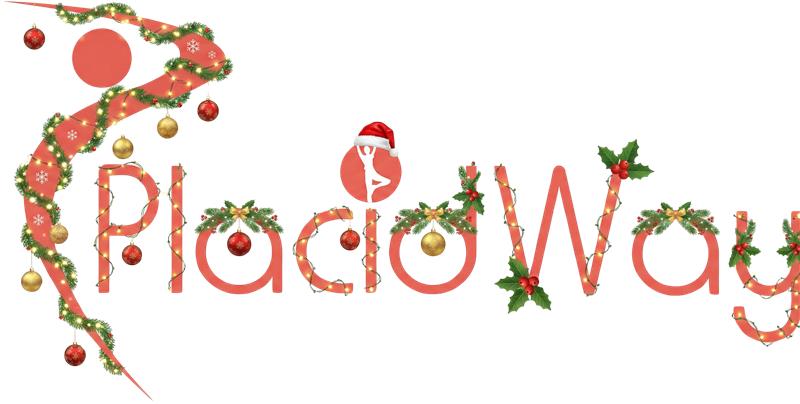

.png)





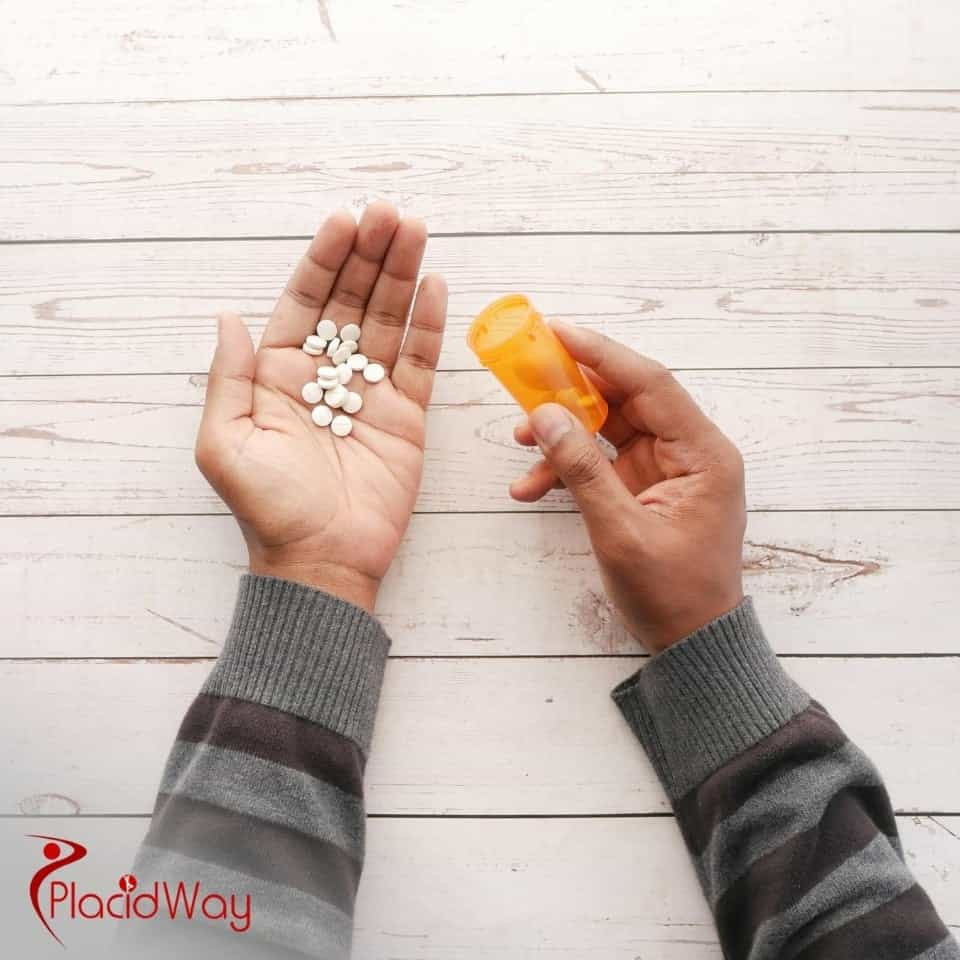
.png)
.png)

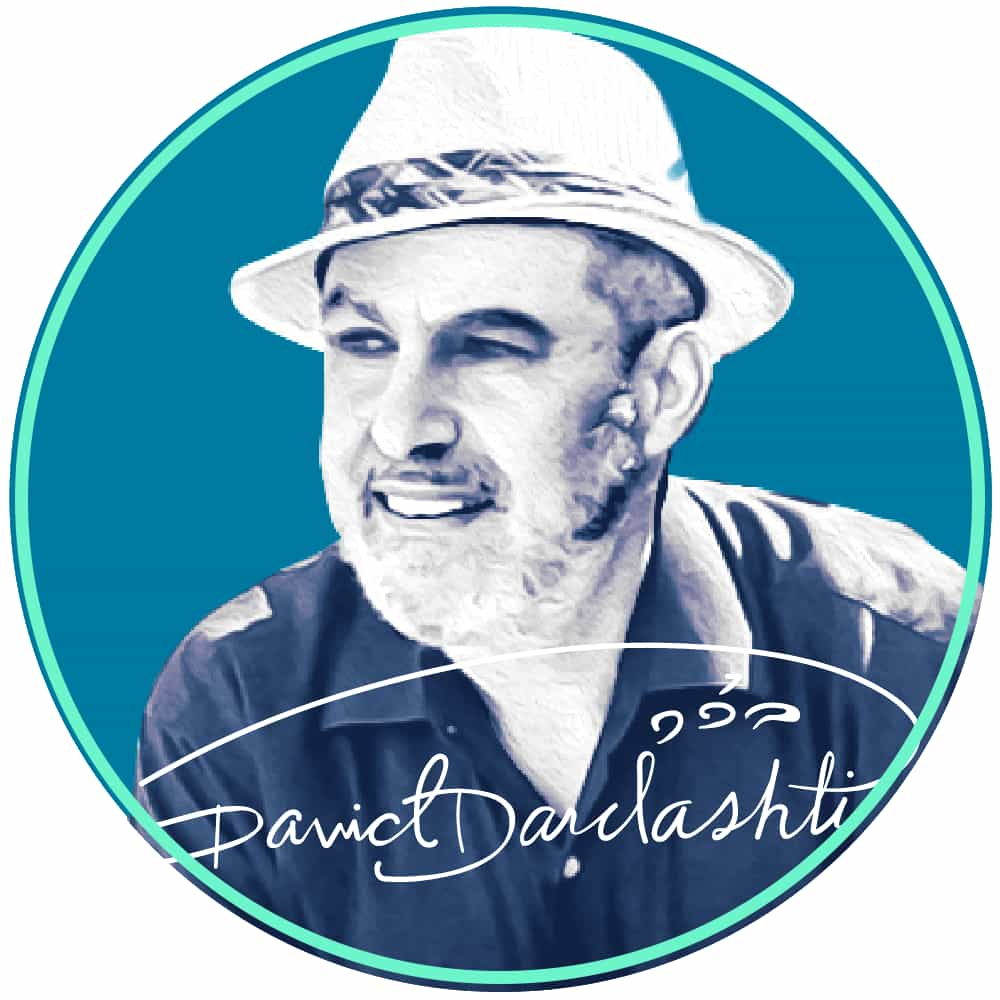
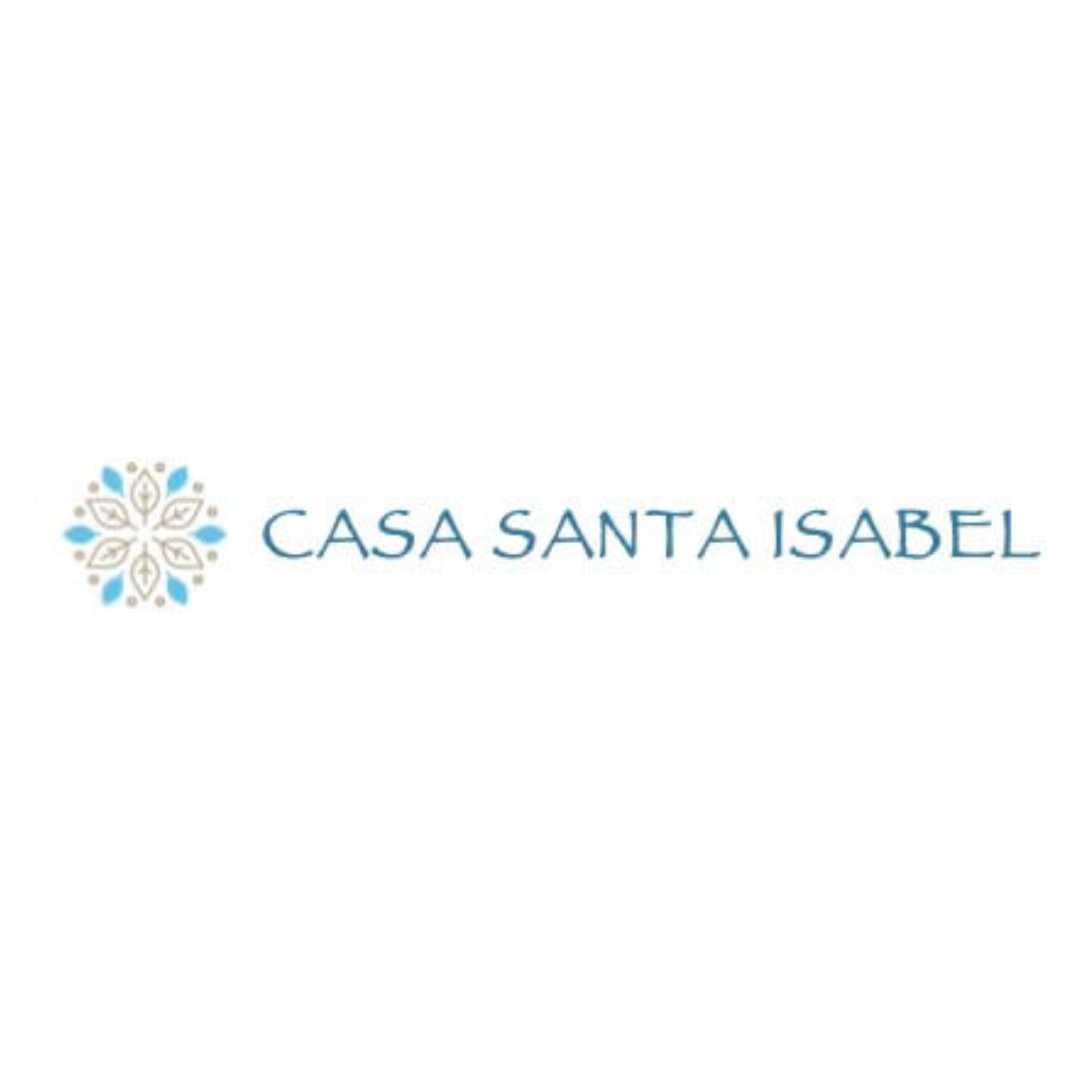
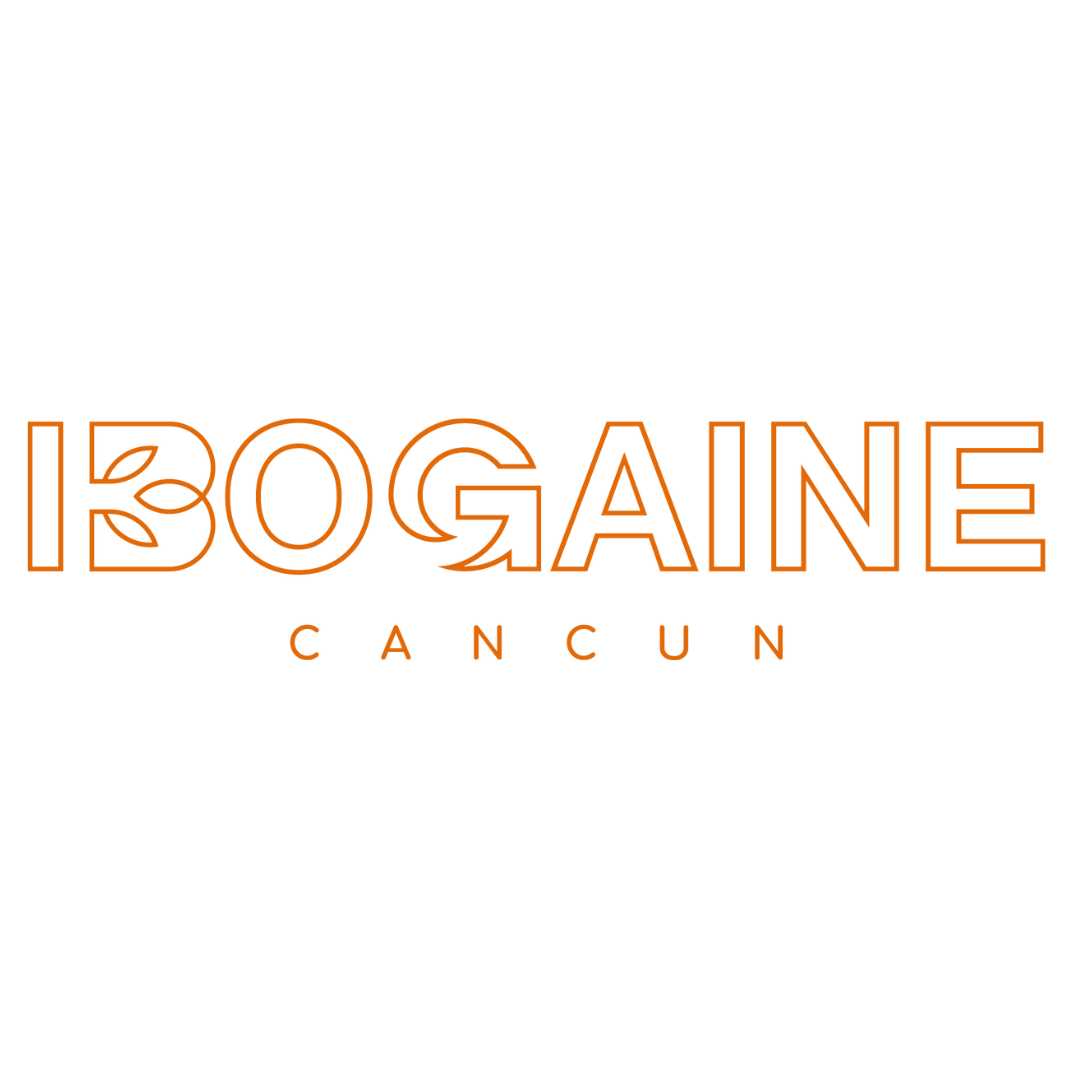
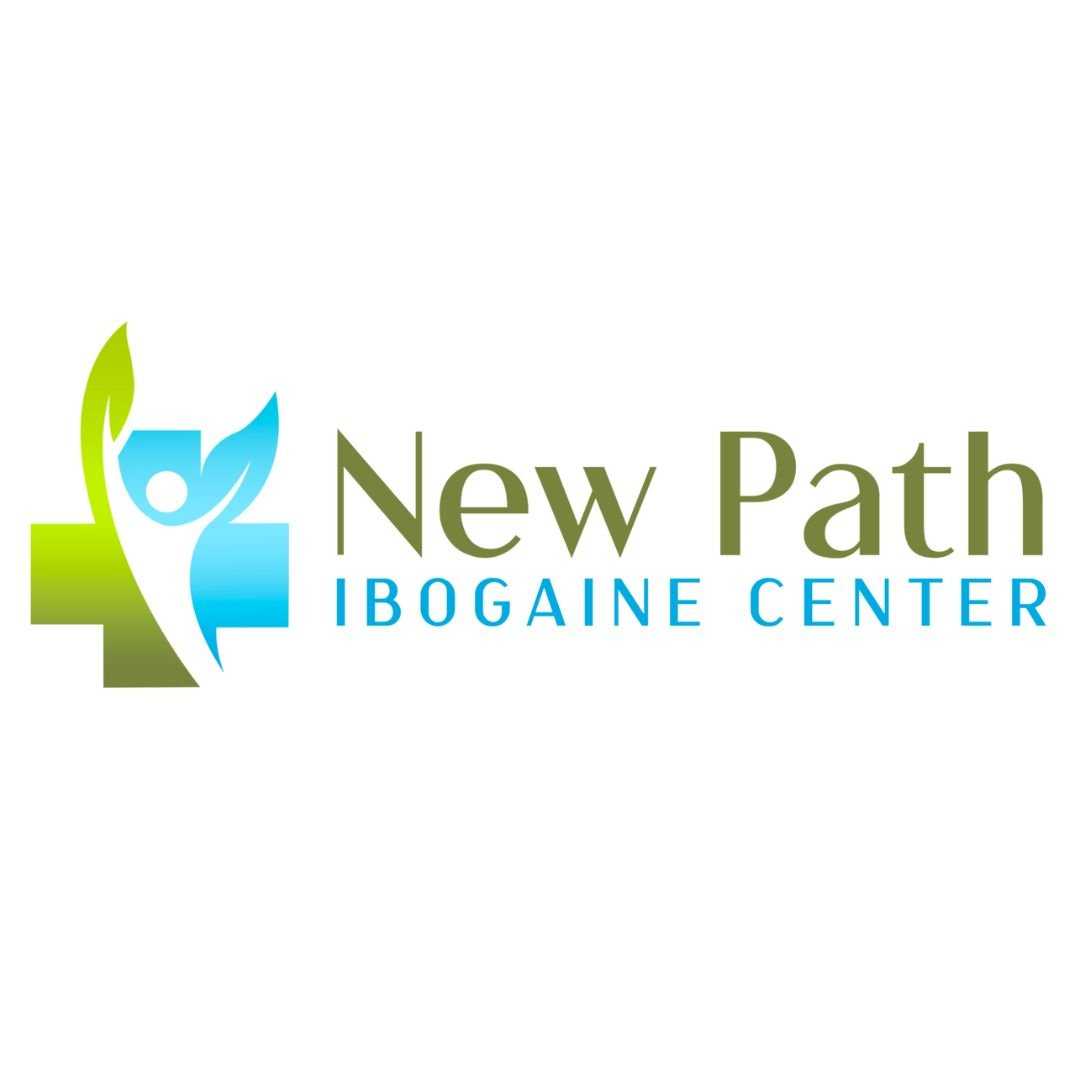

Share this listing